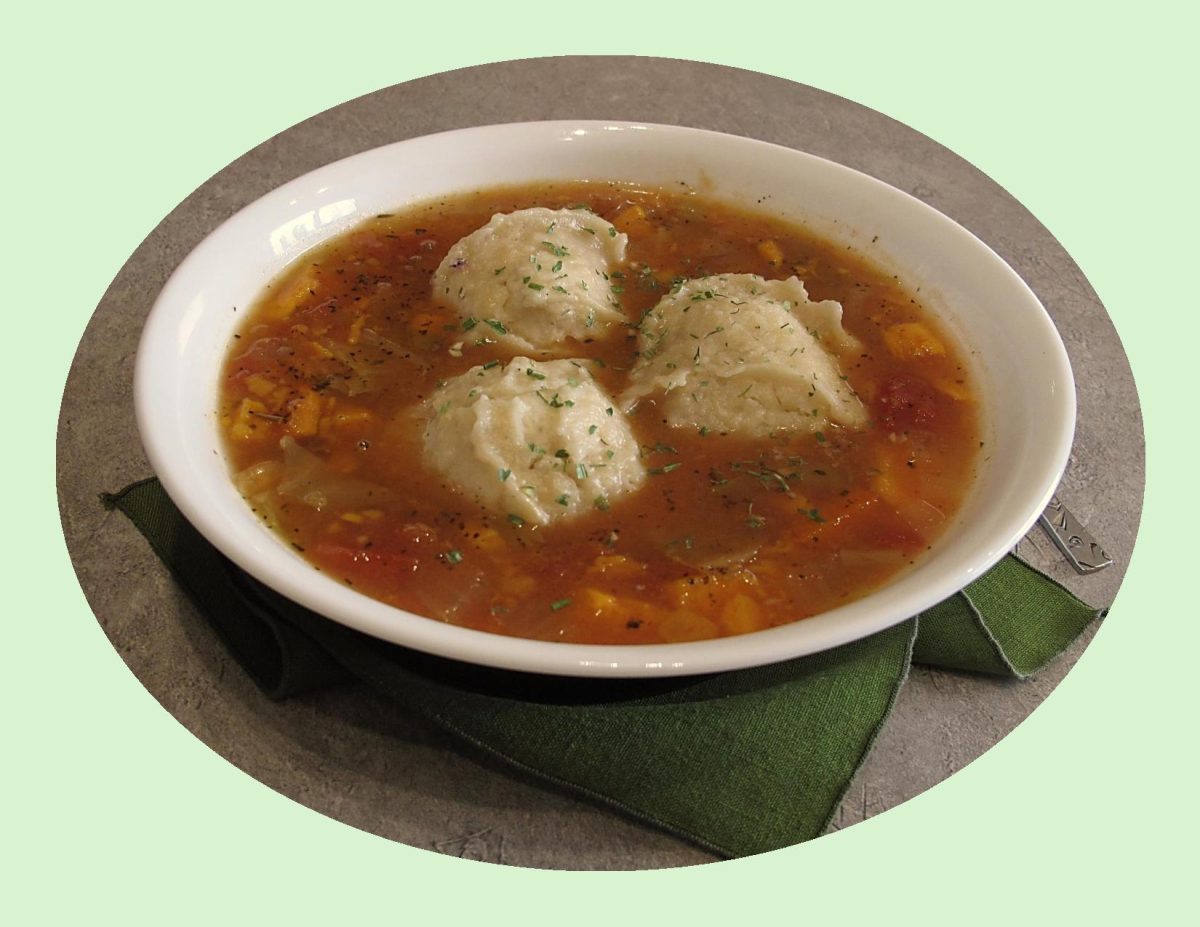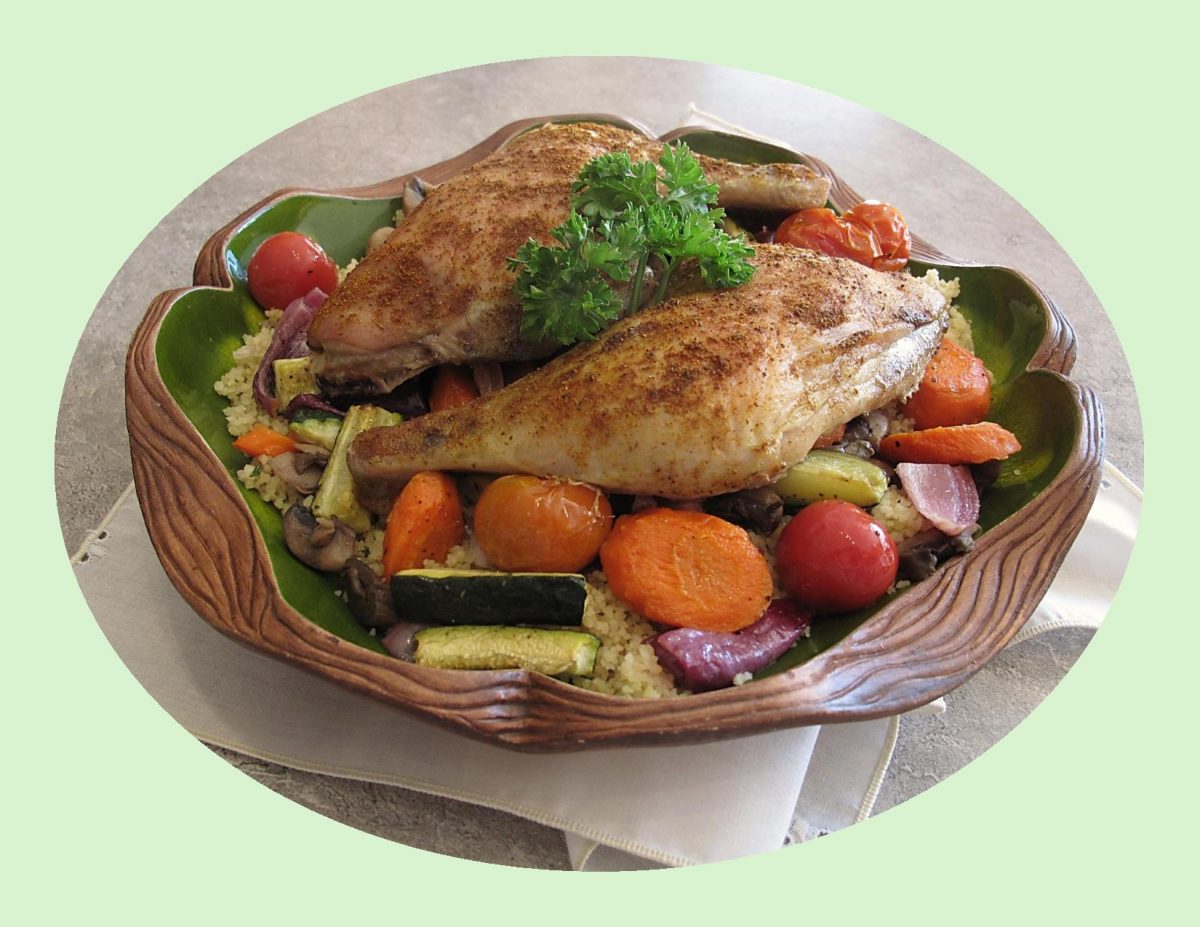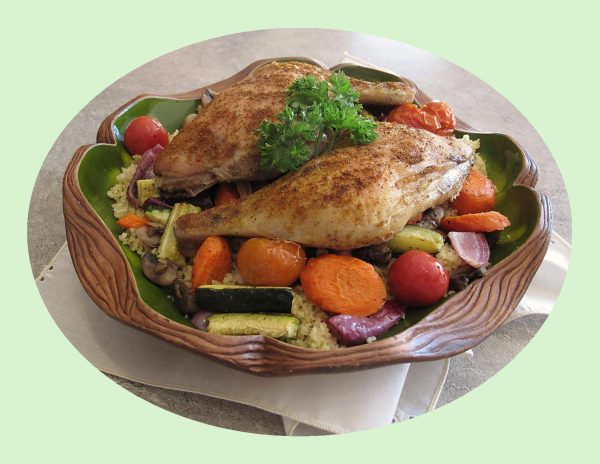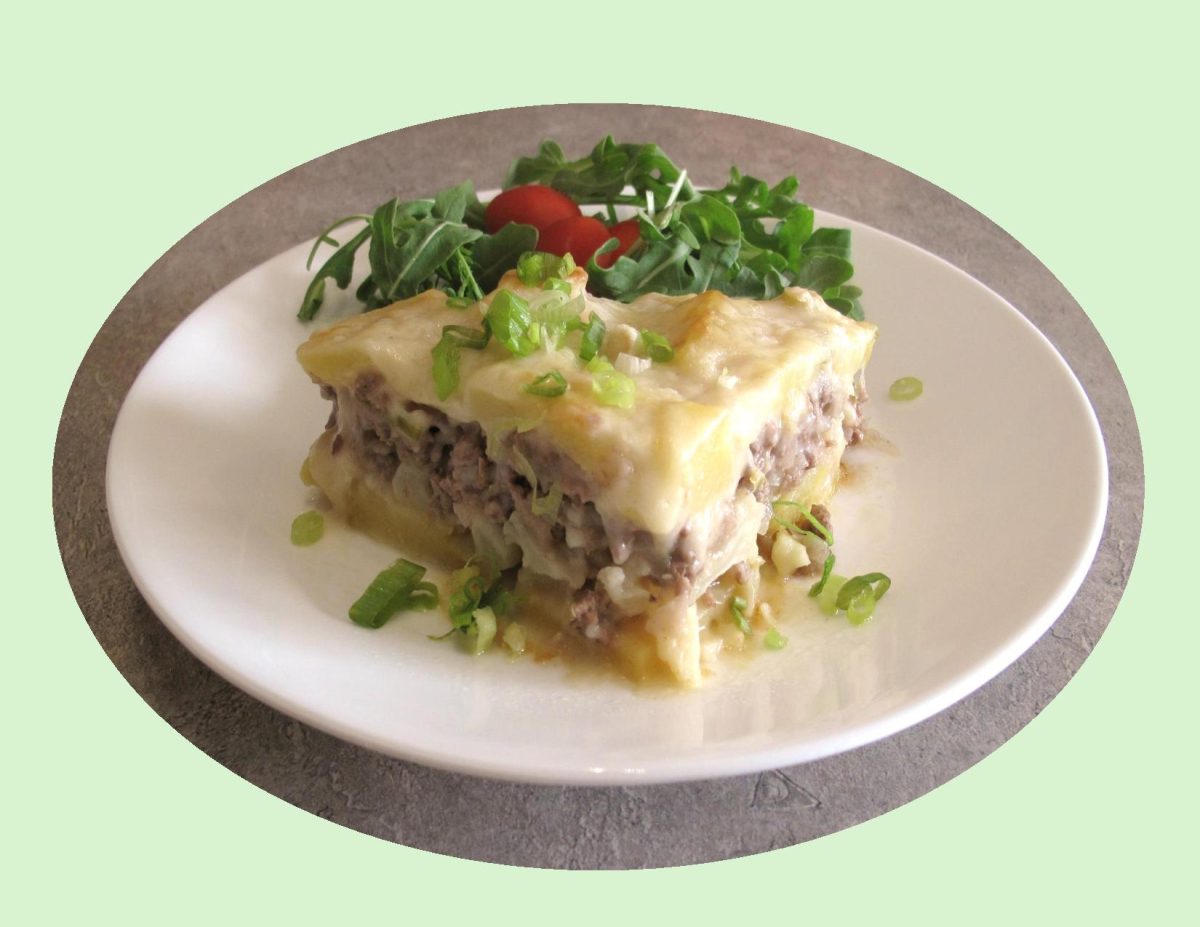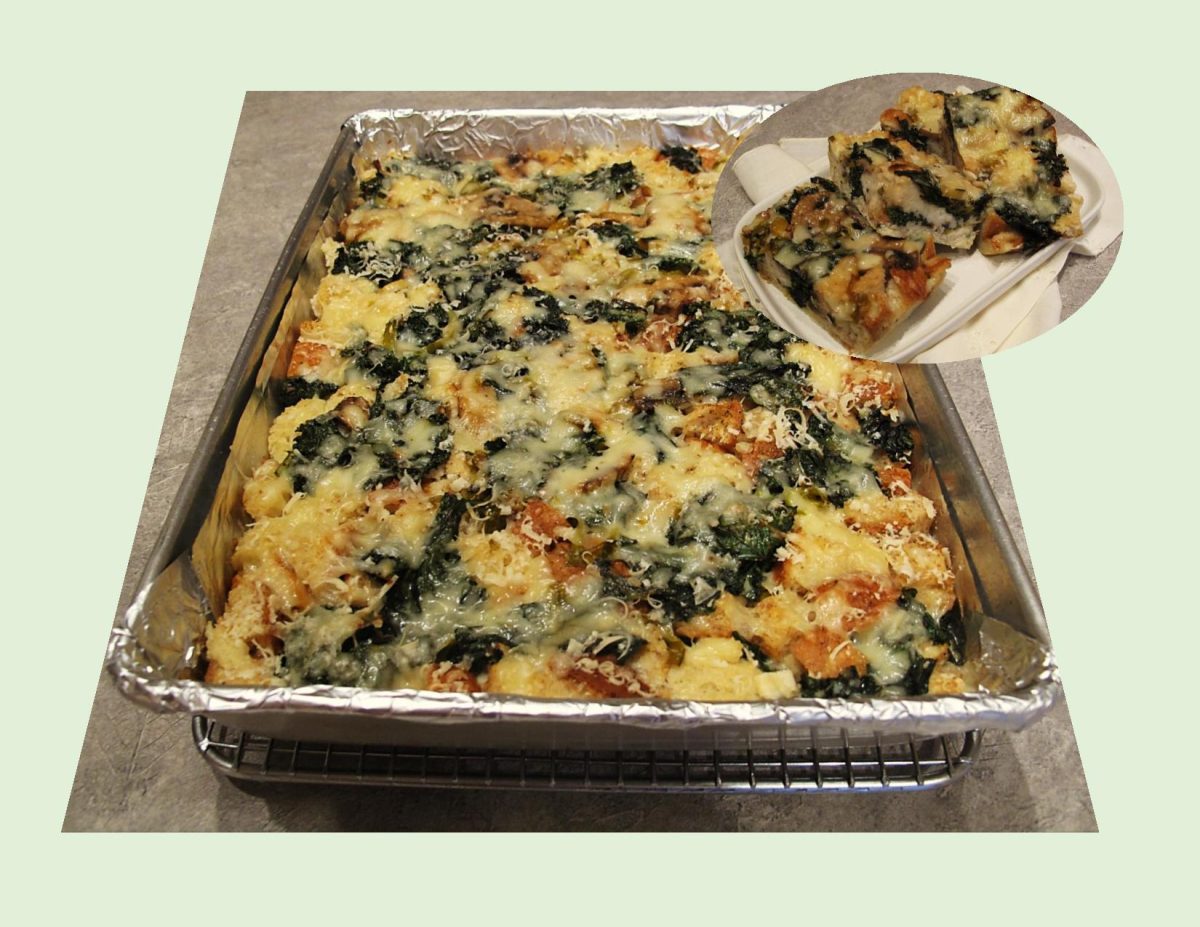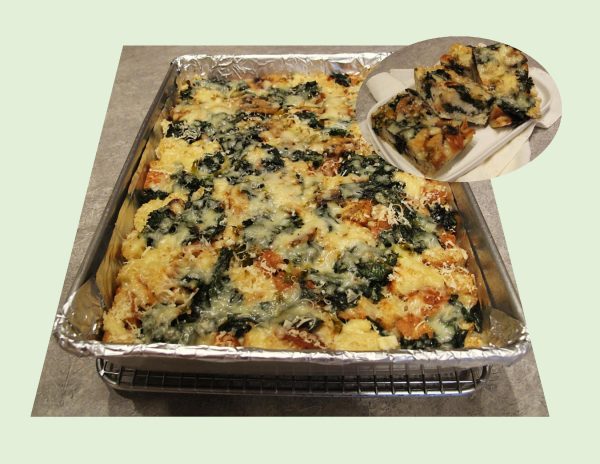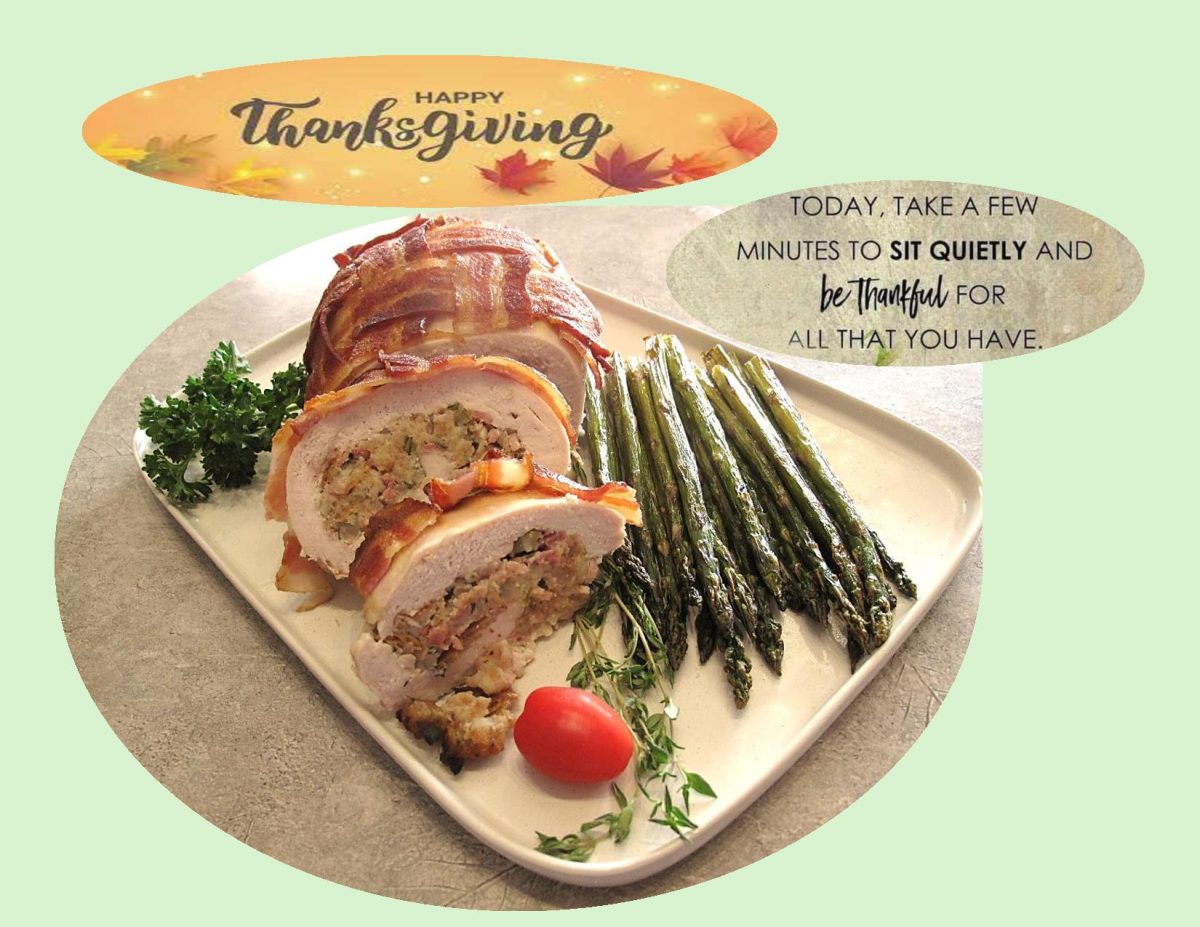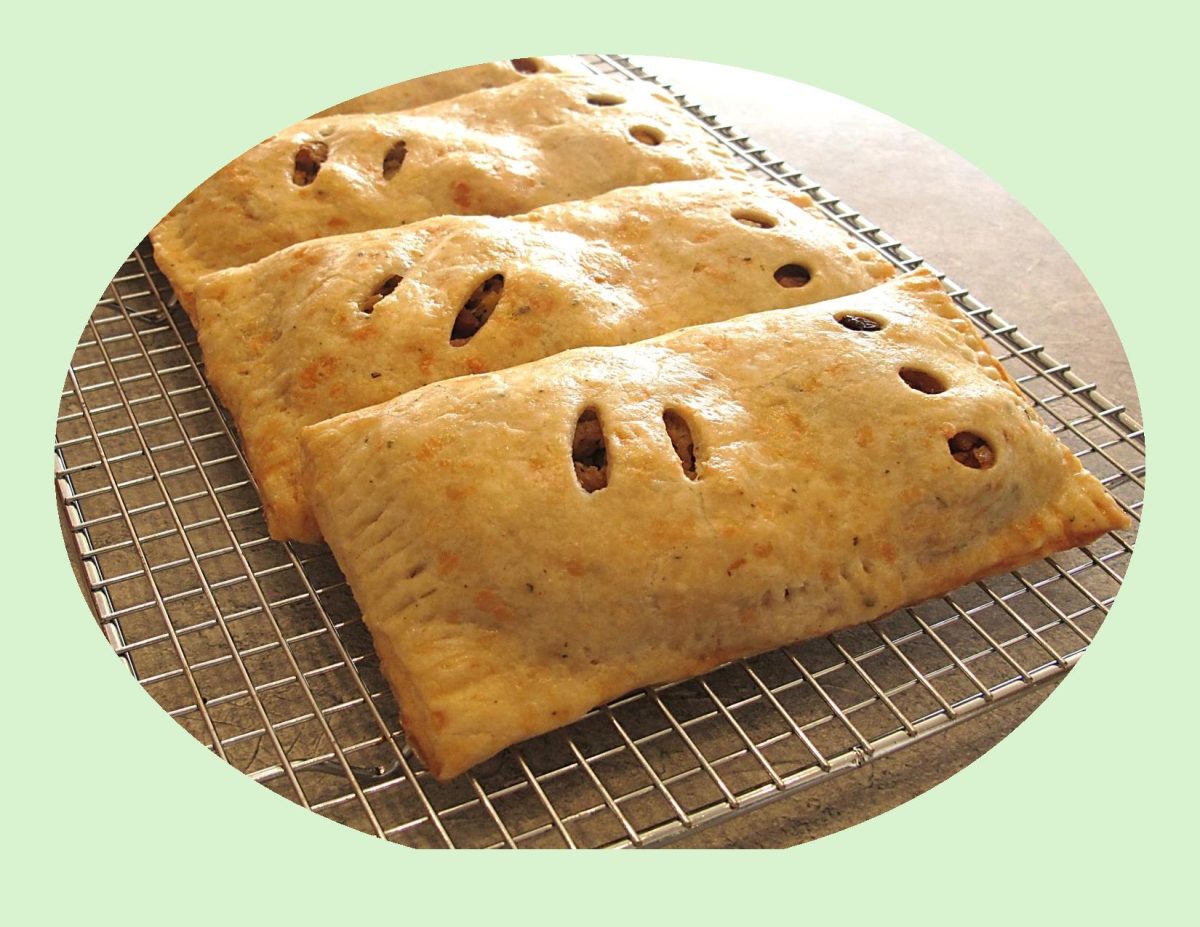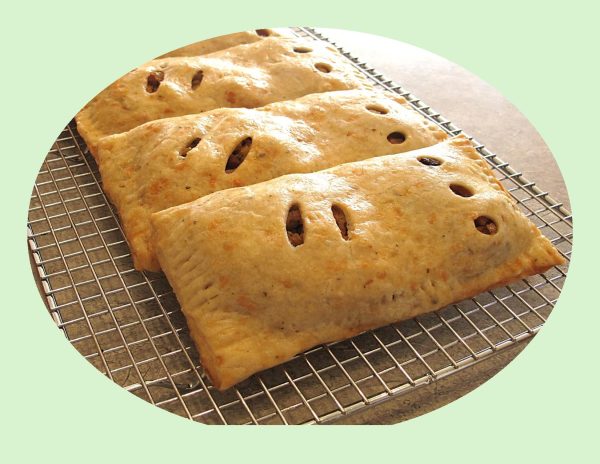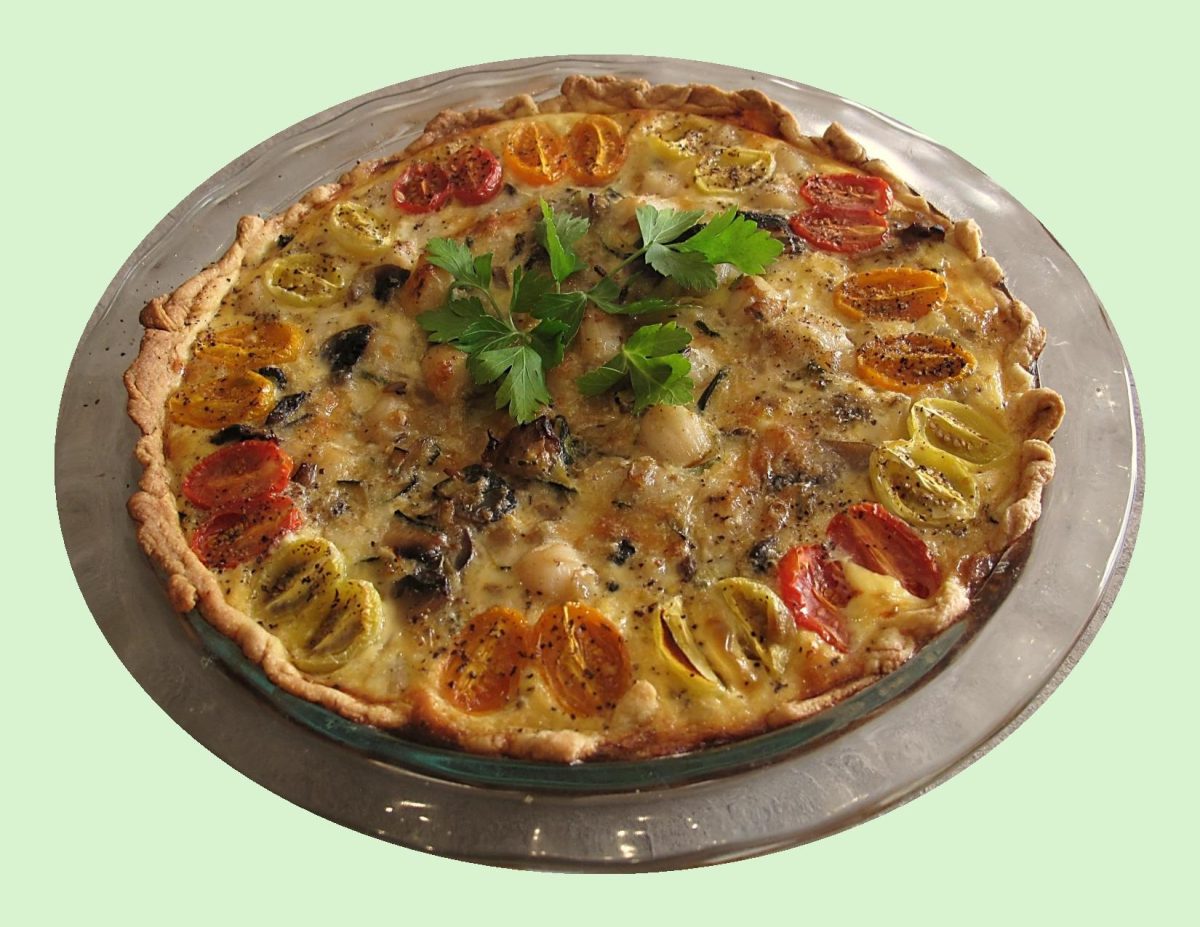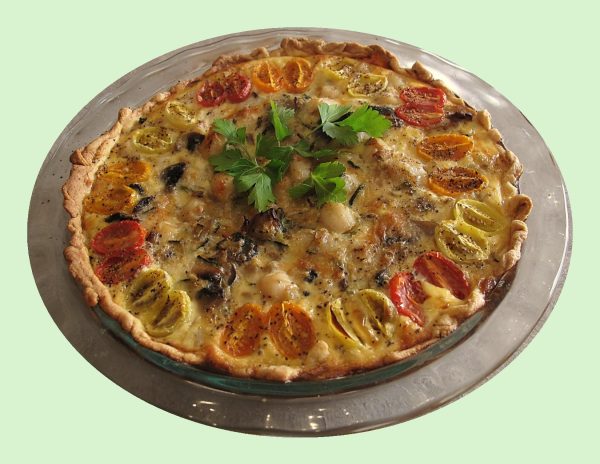Soup season is officially here! This satisfying, hearty vegetable dumpling soup truly creates the perfect cozy vibes this winter.
The exact origin of vegetable dumpling soup is difficult to pinpoint, as dumplings and soups have been staples in many cultures for centuries. Dumplings themselves have a long history, with early versions appearing in China when a physician named Zhang Zhongjing created them to help villagers with frostbite.
Vegetable dumpling soup, as we know it today, likely evolved from these early dumpling recipes, with variations appearing in different cuisines around the world. Here are a few notable examples:
- Wonton Soup: A Chinese classic, wontons are typically filled with pork, shrimp or vegetables and served in a clear broth.
- Mandu-guk: A Korean soup featuring mandu (dumplings) filled with meat or vegetables, often served in a beef or anchovy broth.
- Tortellini in Brodo: An Italian dish where tortellini, small ring-shaped pasta filled with meat or cheese, are served in a rich broth.
- Xiaolongbao: Also known as soup dumplings, these Chinese dumplings are filled with pork and a gelatinous broth that turns into soup when steamed.
- Matzo Ball Soup: A traditional Jewish soup with matzo balls (dumplings made from matzo meal) served in a chicken broth.
This vegetable dumpling soup has soft, fluffy, biscuit-like dumplings made with a mixture of flour, baking powder, salt & olive oil. The baking powder in these dumplings is what gives them their lift and results in a light and fluffy texture. The dough is cooked in the flavorful simmering soup, resulting in little balls of deliciousness.

| Servings |
SERVINGS
|
- 1 medium sweet potato, peeled & cut into 1-inch cubes
- 3 large carrots, peeled & sliced
- 1 celery stalk, diced
- 1/2 small cabbage, chopped
- 1 large onion, diced
- 1 clove garlic, minced
- 1 Tbsp Herbamare sea salt or to taste
- 1 Tbsp Italian seasoning
- 4 cups vegetable broth low sodium I prefer Knorr instant broth powder
- 796 ml diced tomatoes w/ herbs & spices
- 1 cup flour
- 1 tsp baking powder
- 1/2 tsp salt
- 2 Tbsp olive oil
- 1/2 cup warm water
Ingredients
Soup
Dumplings
|

|
- Add all ingredients to a stock pot. Cover & simmer until the vegetables are tender, approximately 2 hours. Stir periodically during cooking time.
- During the last ½ hour of the cooking time prepare dumpling dough.
- In a small mixing bowl, combine flour, baking powder & salt with a spatula. Form a well in the middle of the dry mixture & add olive oil & warm water. Mix until dough forms into a sticky ball. Cover with a dish towel & set aside for about 10 minutes.
- During the last 10 minutes of the soup’s cooking time carefully drop in dollops of the dumpling dough, about 1 inch (2-cm) in diameter.
- Let dumplings simmer for about 10 minutes, or until chewy and cooked through.
- Ladle soup into serving bowls & top with dumplings. Serve hot.

